What is a Holy Mystery?
The holy mysteries (also referred to as sacraments) are vessels of the mystical participation in divine grace of mankind. In a general sense, the Church considers everything which is in and of the Church as sacramental or mystical. The mysteries, like the Church, are both visible and invisible. In every sacrament there is a combination of an outward visible sign with an inward spiritual grace. Saint John Chrysostom wrote that they are called mysteries because what we believe is not the same as what we see; instead, we see one thing and believe another.
The mysteries are personal — they are the means whereby God’s grace is appropriated to each individual Christian. In most of the mysteries, the priest mentions the Christian name of each person as he administers the sacrament. In a broader sense, the whole life of a Christian must be seen as a single mystery or one great sacrament. The different aspects are expressed in a great variety of acts, some performed only once in a lifetime (Baptism, Marriage), others perhaps almost daily (Reconcilliation, Eucharist).
Sacraments vs. Holy Mysteries
The term Holy Mystery is preferable in the context of Eastern Churches because, first of all, it is a literal translation of ‘Sviata Tayna’ which we received from the Greek. The two words mysterion (Greek) and sacramentum (Latin) have an interesting contrast in meanings. Sacramentum originally meant the rite of a Roman soldier making an oath of loyalty to the gods, thereby changing his legal status from an ordinary person into something special. Mysterion underlines something different—the rites through which the truth of God’s salvation, love, care, protection and presence are slowly revealed to us. Both words are fine, but they are different, fortunately complementary. We do change our status and therefore God’s revelation is being revealed.


